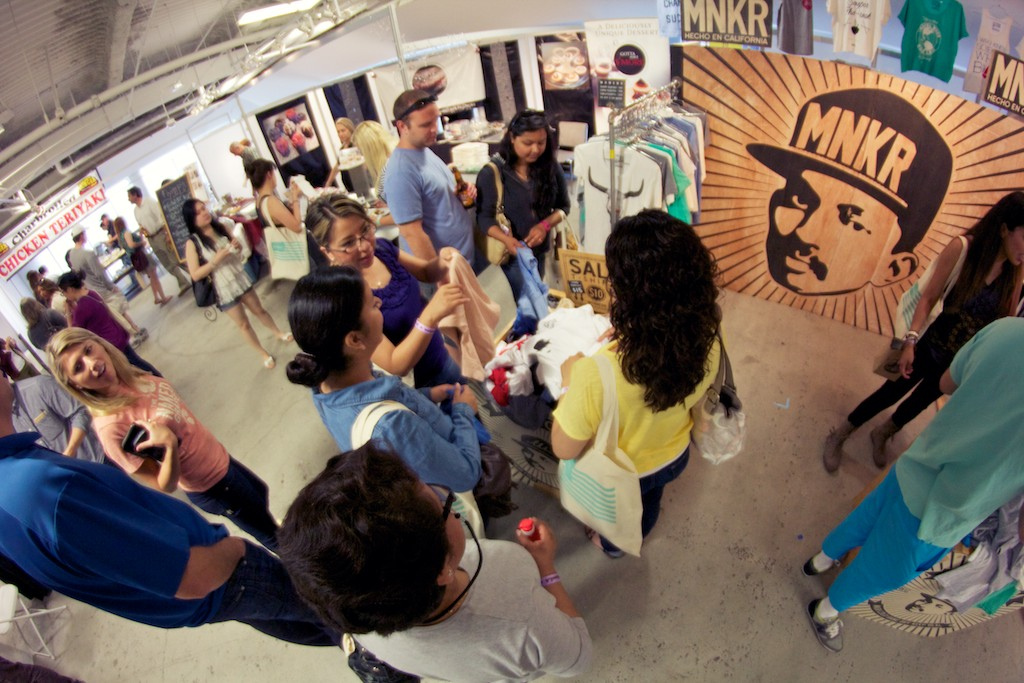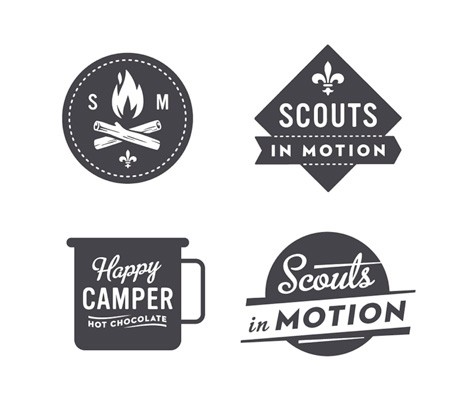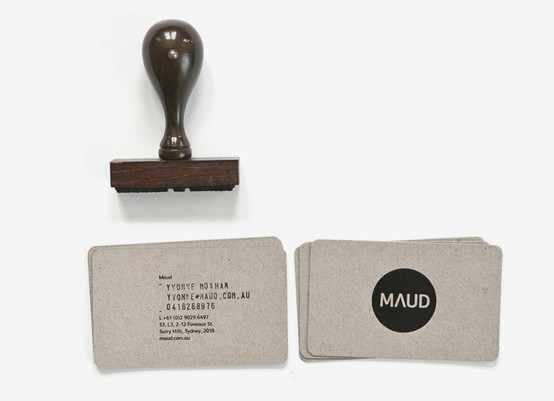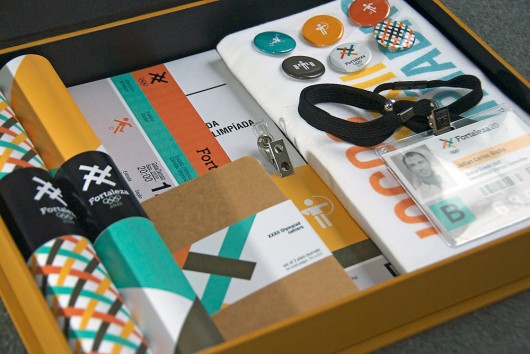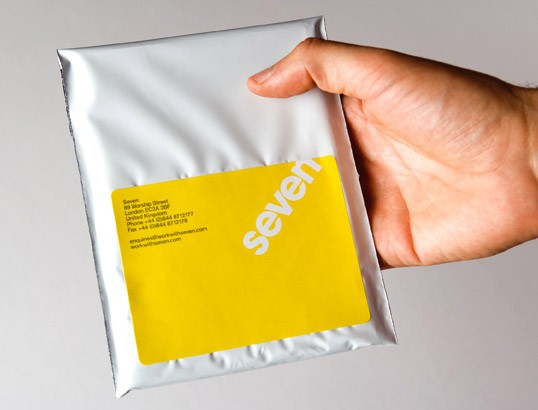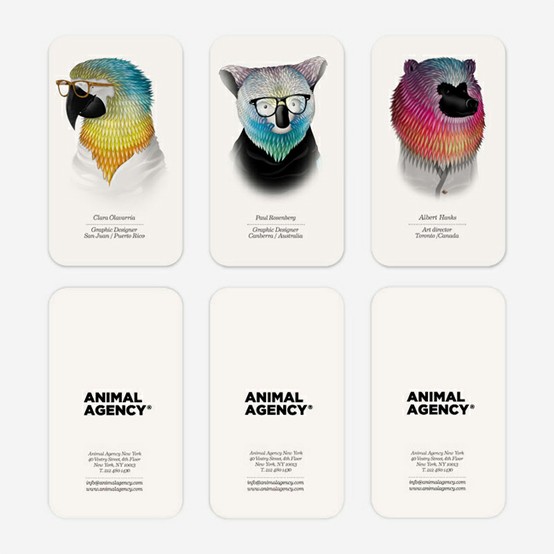WFH with Kids: 3 Tips to Stay on Task
/By: Heidi Reichert | Unique Markets Portland
If you’re a parent with young children, you’re probably juggling more roles than you thought you were capable of right now. Whether you’re an entrepreneur, small business owner, or working remotely, you’re likely struggling with staying on task while being your child’s teacher and full time care provider. Not to mention keeping up with the house and life.
As a mom to an 8 and 5 year old, launching a business of my own, I’m right there with you! While the productivity expectations in this new normal are and should be completely different, it is possible to get work done with a little creativity and a lot of flexibility.
1. Make a Schedule
Everyone benefits from a routine in the best and worst of times.
With two working parents and two kids, we ran a tight ship pre-COVID 19, getting everyone fed and out of the house to work and school in the morning, then once again in the evening with dinner and bedtime. Once the stay-at-home order started, we found that sticking to a routine helped retain a sense of normalcy and also gave everyone direction for the day ensuring things that needed to get done got done.
While sticking to a clock is not going to be realistic for most families, setting a sequence of events and goals for the day is helpful. Break down your day into 30 minute to 1 hour chunks involving the essentials like meals, snacks, school time, and work time and be sure to incorporate time for play, walks, and free time. Involve your kids in making the schedule to get buy-in and get creative by drawing it on a chalkboard or making a poster to hang in the kitchen. Once you’ve set your schedule, stick to it. Your kids are more likely to respect work time if they see you following through with the schedule.
2. Set Expectations
If your kids are not used to a parent working from home, they are naturally going to expect to have your attention 100% of the time because you’re physically there.
Help your kids adjust by explaining to them that just like they have responsibilities (picking up their room and getting their school work done), you have responsibilities to your job too. For me, this not only helped my young kids understand that mommy needs uninterrupted quiet time, it also alleviated that nagging guilt of being torn between the kids’ needs and work demands. (Who knows what I’m talking about?!) Frame the expectations in a way that shares goals and rewards: “Let’s all get our work done so we can go out for a walk, work on that craft project, or bake cookies!”
When trying to balance Zoom meetings, projects, and phone calls in an activity filled home, make a sign that indicates do not disturb in a fun way like “Busy Bee” which signals to your littles that you are not to be interrupted.
3. Be Flexible
I personally work best in the morning. I wake up full of ideas and inspiration and can’t wait to get going! With the kids at home, I’ve had to adjust to the reality that my solid work time needs to happen in the afternoons when their school work is done and my husband is free to watch them. Maybe this is nap time or screen time in your house. Now, I work in smaller spurts so I can still feed off of my AM creative energy (most days this means jotting down an idea to go back to later or shooting off a quick email) and reserve projects that need more time and focus for the afternoons.
Challenge yourself to work in shorter bursts of time (aren't moms already champions of this?!), you may surprise yourself!
We are all in different circumstances, facing various levels of responsibilities, emotions and stress. It’s important to accept that some days will be more productive than others and that’s OK. Also, this is reality right now so don’t apologize if your kid crashes your Zoom meeting or IG Live broadcast. We’re all in this together and one of the beauties coming out of this situation is that we’re getting to see and embrace the unpolished human side of each other.








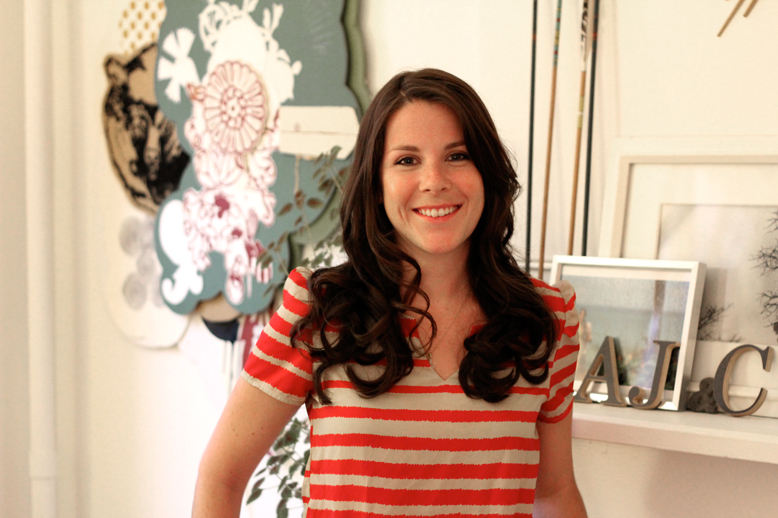








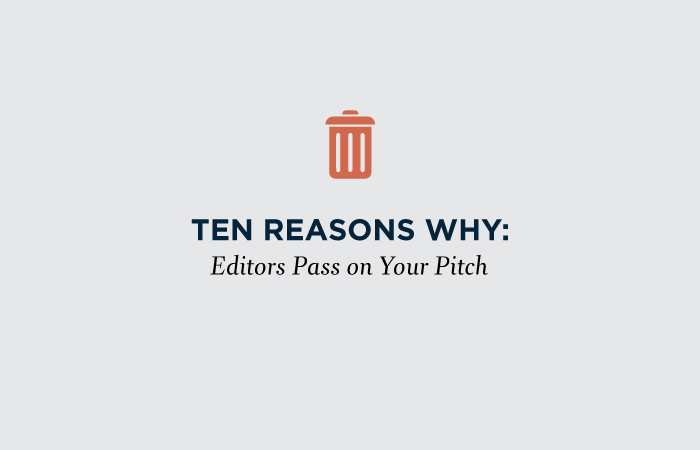 It’s easy to land press when you connect your product to the pages you want to be a part of. But certain mistakes, often even made by PR professionals, will send your pitch straight to the poubelle. Here’s what sends an editor reaching for the “delete” button. Avoid these and you’ll be that much closer to seeing your product or story in print!
It’s easy to land press when you connect your product to the pages you want to be a part of. But certain mistakes, often even made by PR professionals, will send your pitch straight to the poubelle. Here’s what sends an editor reaching for the “delete” button. Avoid these and you’ll be that much closer to seeing your product or story in print!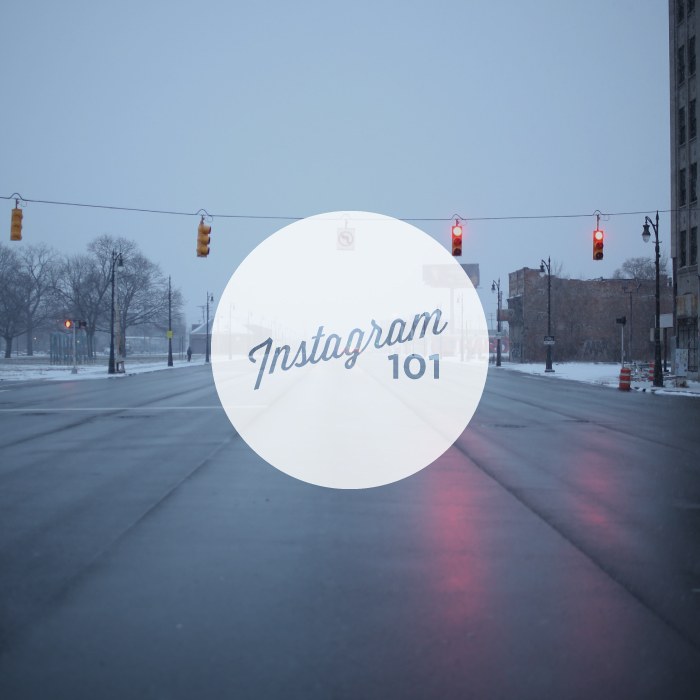 It's time you started taking Instagram seriously. With over 100 million users across the globe, it provides an obvious opportunity to increase your brand recognition as well as boost your exposure online. Here are a few tips in no particular order on how to increase activity on your profile and start seeing more likes and follows:
It's time you started taking Instagram seriously. With over 100 million users across the globe, it provides an obvious opportunity to increase your brand recognition as well as boost your exposure online. Here are a few tips in no particular order on how to increase activity on your profile and start seeing more likes and follows: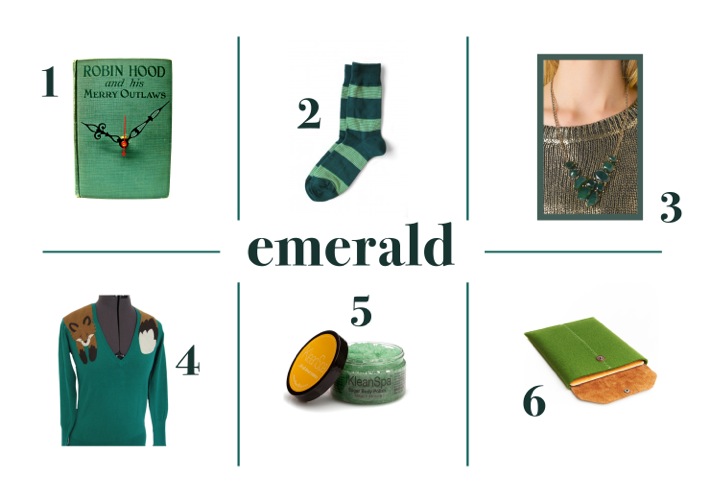
 2013 can be your year for new press that can increase the reach and audience of your brand or product! While the year is still fresh, let’s revisit the basics of pitching yourself to magazines and blogs. Follow these tips and you’ll be on your way to regional and even national exposure!
2013 can be your year for new press that can increase the reach and audience of your brand or product! While the year is still fresh, let’s revisit the basics of pitching yourself to magazines and blogs. Follow these tips and you’ll be on your way to regional and even national exposure!
 You're all obviously familiar with Twitter, right? Of course you are - aside from being the medium of choice for teens and celebrities, it's instantaneous capability has helped make it one of the most revolutionary forms of media. Most likely your business already has a Twitter account too but are you using it to its full potential? And if you're just starting out and plan to register an account to tweet from in the near future, you'll need some guidance. Here are a few tips:
You're all obviously familiar with Twitter, right? Of course you are - aside from being the medium of choice for teens and celebrities, it's instantaneous capability has helped make it one of the most revolutionary forms of media. Most likely your business already has a Twitter account too but are you using it to its full potential? And if you're just starting out and plan to register an account to tweet from in the near future, you'll need some guidance. Here are a few tips: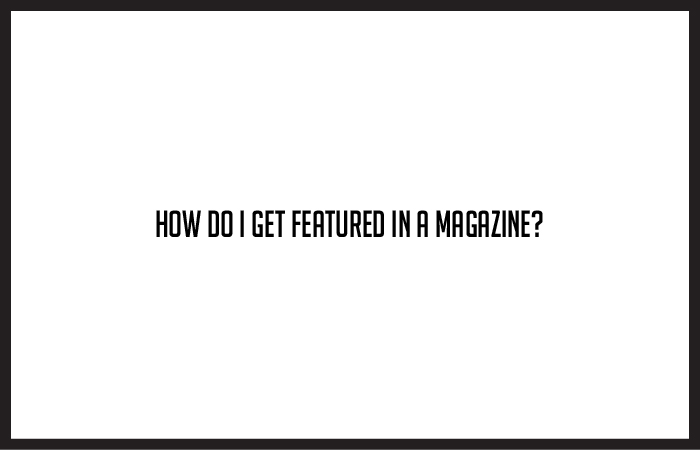 Trying to pitch a story to an editor of a magazine? Read on...
Trying to pitch a story to an editor of a magazine? Read on...